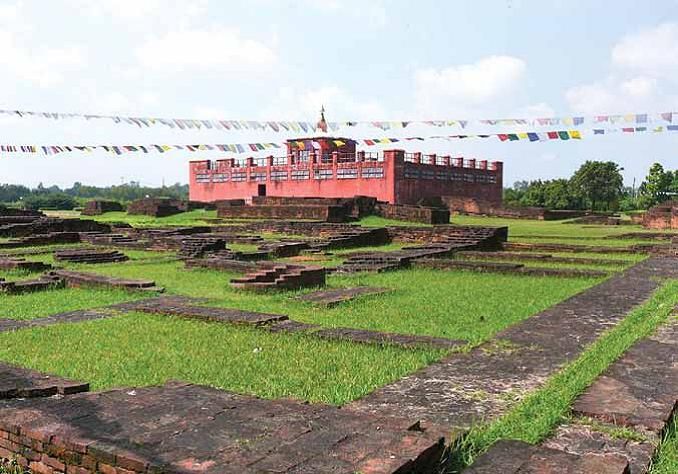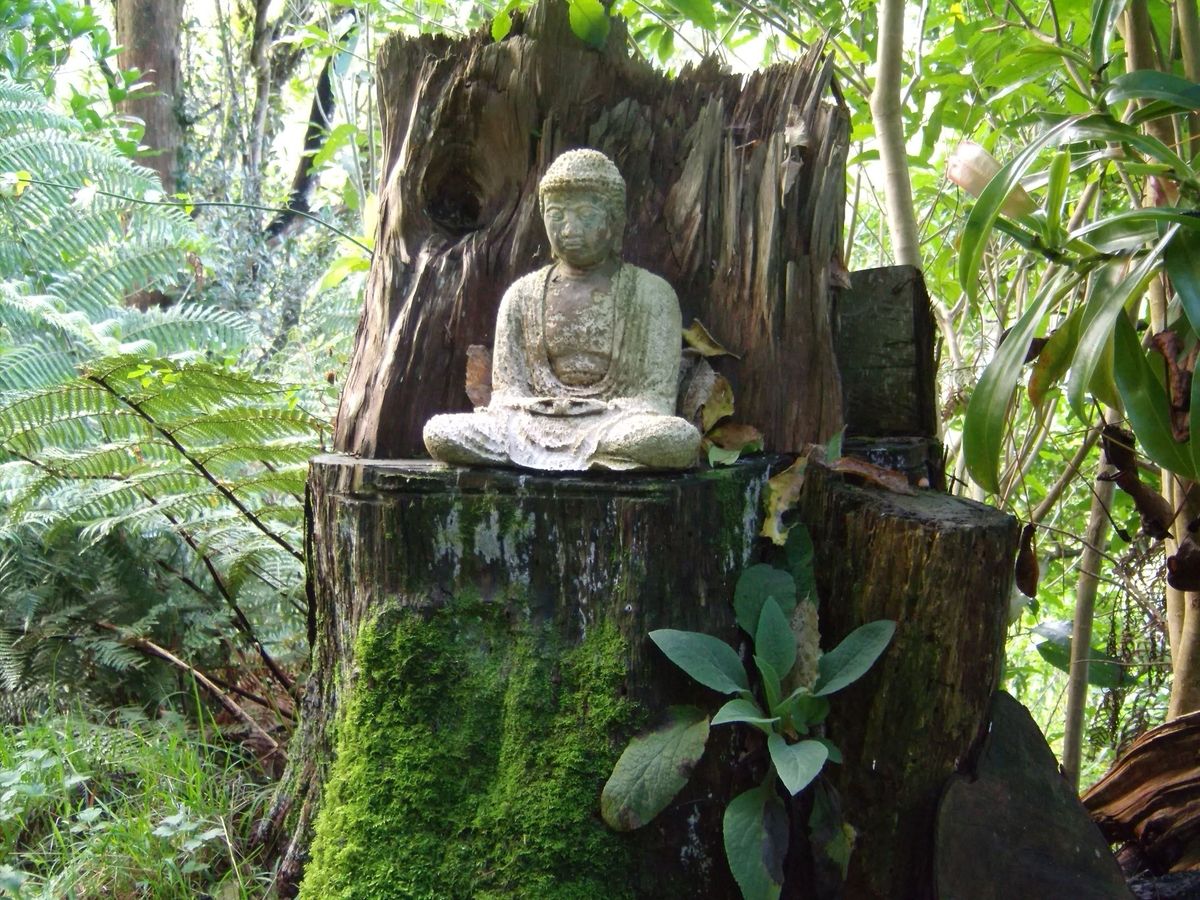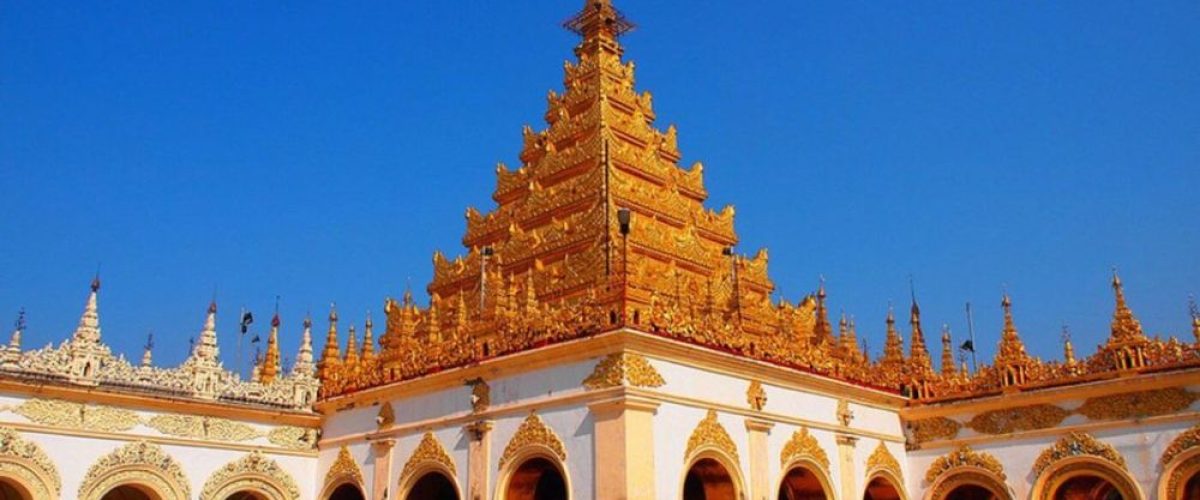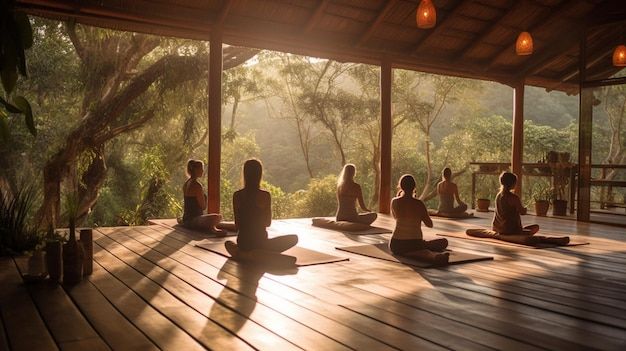The Monastic Zone, Lumbini: A Global Garden of Buddhist Peace & Architecture
In the tranquil expanse of Lumbini, the birthplace of Lord Buddha, lies the Monastic Zone — a living symbol of global unity and devotion. Here, Buddhist nations from across the world have built magnificent monasteries, each reflecting their own cultural and architectural traditions while sharing the same spiritual essence. Divided into eastern and western zones, this sacred enclave invites visitors to walk among monasteries that blend art, faith, and philosophy. The Monastic Zone is more than a destination — it’s a universal garden of peace where the Buddha’s message of compassion transcends all borders.

The Vision of the Monastic Zone
The Monastic Zone of Lumbini was envisioned as a global center of peace — a sacred space where Buddhist nations could express devotion through art, architecture, and mindfulness. Divided into East and West Zones, it symbolizes the two major branches of Buddhism: Mahayana and Theravada. The area remains serene and vehicle-free, encouraging visitors to explore on foot or bicycle. Designed under the Lumbini Master Plan by Japanese architect Kenzo Tange, this zone harmonizes spirituality with simplicity, creating a landscape ideal for reflection and inner calm.


East Monastic Zone – The Mahayana & Vajrayana Traditions
The Eastern Zone represents the Mahayana and Vajrayana traditions of Buddhism, widely practiced in Nepal, Tibet, Bhutan, and East Asia. Monasteries here are vibrant with colorful murals, gilded stupas, and meditative halls. Notable sites include the Royal Thai Monastery, with its pristine white marble design, the Vietnamese Linh Son Monastery, and the Manang Samaj Vihar showcasing Nepali-Tibetan architecture. Visitors can join chanting sessions, light butter lamps, or simply sit beneath the Bodhi trees in silent contemplation. Each monastery radiates serenity — a reflection of Buddha’s boundless compassion.

West Monastic Zone – The Theravada Traditions
The Western Zone celebrates the Theravada school of Buddhism, followed predominantly in Sri Lanka, Myanmar, Thailand, and Cambodia. The architecture here is graceful and minimal, echoing the simplicity of monastic life. The Sri Lankan Monastery, with its golden dome and serene meditation gardens, stands as a beacon of peace. Nearby, the Myanmar Golden Temple shines with intricate carvings and Buddha statues, while the Korean and German monasteries merge tradition with modern spiritual design. Together, they form a living mosaic of global faith rooted in mindfulness and peace.


Spiritual Practices & Meditation Experiences
Lumbini’s Monastic Zone is not only for sightseeing but also for inner exploration. Many monasteries host short and long-term meditation retreats, yoga classes, and Dharma talks open to visitors. Walking paths shaded by sal trees guide pilgrims to quiet corners for self-reflection. The environment encourages mindfulness — a rare balance between stillness and inspiration. Whether you are a spiritual seeker or a curious traveler, the Monastic Zone offers space to slow down, breathe, and rediscover simplicity.
FAQs about Monastic Zone & International Monasteries
1. What is the Monastic Zone in Lumbini?
It’s a designated area with monasteries built by Buddhist nations worldwide, symbolizing peace, unity, and devotion to Buddha’s teachings.
2. How is the Monastic Zone organized?
It is divided into two sections: the Eastern Zone (Mahayana & Vajrayana) and the Western Zone (Theravada).
3. Can visitors enter the monasteries?
Yes, most monasteries welcome visitors to explore, meditate, or observe rituals respectfully during visiting hours.
4. Are there guided tours available?
Yes, local guides and pilgrim tours offer cultural and spiritual insights into each monastery’s symbolism and art.
5. How can one travel within the Monastic Zone?
Visitors can walk, rent bicycles, or use eco-shuttles — motorized vehicles are not allowed inside.
6. Is photography allowed in the monasteries?
Photography is permitted in outdoor areas but may be restricted inside sanctuaries; always ask for permission first.
7. What are the most popular monasteries to visit?
Highlights include the Thai Monastery, Myanmar Golden Temple, Sri Lankan Monastery, and German Tara Foundation.
8. Are meditation retreats open to all visitors?
Yes, many monasteries offer meditation sessions and retreats for travelers of all faiths and experience levels.
9. What should visitors wear or bring?
Dress modestly and comfortably. Carry water, a hat, and respect the quiet environment meant for reflection.
10. Why is the Monastic Zone important for Buddhist pilgrims and travelers?
The Monastic Zone symbolizes global unity through Buddhism. It’s a living museum of international Buddhist traditions and a serene space for reflection, cultural exchange, and spiritual growth.
Plan Your Monastic Zone Pilgrimage with Namo Nepal
Experience the spiritual harmony of the Lumbini Monastic Zone, where monasteries from around the world stand united under the message of peace. Walk through paths lined with prayer flags, listen to the soft chanting of monks, and feel the calm that connects humanity.
Plan your pilgrimage with Namo Nepal — your trusted travel companion for exploring Lumbini’s Monastic Zone, international monasteries, and the sacred heart of Nepal’s Buddhist heritage.
